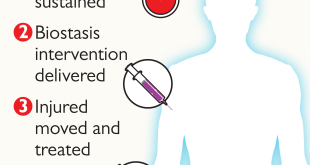Related Articles
Introduction
In a groundbreaking study published in the journal Nature, researchers have achieved a remarkable feat: creating viable eggs from cells taken from male mice. This innovative approach opens up new possibilities in the realm of reproduction, with potential applications ranging from treating infertility to enabling single-parent reproduction. However, while this breakthrough holds promise for the future, significant challenges remain to be addressed before its application in humans becomes feasible.
Methodology and Potential Applications
The study’s methodology involved the transformation of male mouse cells into egg-like cells, a process that paved the way for the development of healthy mice embryos when fertilized with sperm from another male mouse. Remarkably, these embryos were successfully implanted into female mice, resulting in the birth of healthy pups. This groundbreaking achievement has far-reaching implications, offering hope for individuals struggling with infertility and potentially providing a pathway for same-sex couples to have children.
This breakthrough technology has the potential to revolutionize the field of assisted reproduction, offering new pathways to parenthood for individuals and couples who were previously unable to conceive. Moreover, it opens up possibilities for genetic diversity and conservation efforts in endangered species, where traditional breeding methods may be impractical or ineffective.
Challenges and Considerations
Despite the exciting prospects presented by this research, several challenges must be overcome before its application in humans can be realized. One significant hurdle is the current inefficiency of the technique, with only a small fraction of the transformed cells successfully developing into viable embryos. Additionally, the applicability of this method to other species, including humans, remains uncertain and requires further exploration.
Moreover, translating these findings from mice to humans presents a complex set of scientific and regulatory hurdles that must be carefully navigated. Ensuring the safety and efficacy of these technologies will require rigorous testing and oversight, as well as ongoing dialogue between scientists, policymakers, and the public.
The implications of male-male reproduction extend far beyond the laboratory, touching upon profound questions about identity, family, and ethics. Moreover, ethical considerations surrounding the manipulation of reproductive processes and the potential societal implications must be carefully addressed before widespread adoption can be considered.
Conclusion: A Promising Future
In conclusion, the study’s findings represent a significant step forward in the field of reproductive science, offering hope for individuals facing fertility challenges and reshaping our understanding of parenthood. While the road ahead may be fraught with challenges and uncertainties, the potential benefits of this research cannot be understated. With continued scientific inquiry and thoughtful consideration of ethical implications, the future of reproduction may indeed be transformed, offering new possibilities for individuals and families around the world.
 International Defense Security & Technology Your trusted Source for News, Research and Analysis
International Defense Security & Technology Your trusted Source for News, Research and Analysis

